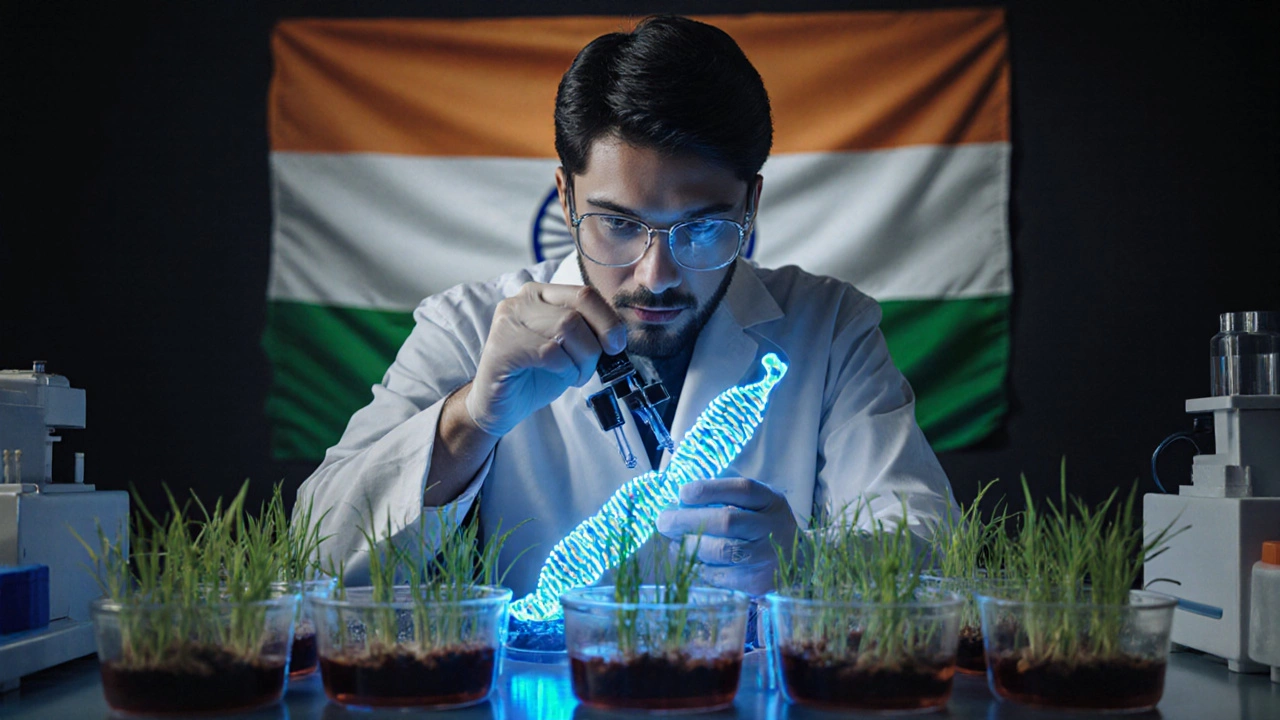Biopharmaceuticals: What They Are, How They Work, and Why India Is Leading the Charge
When we talk about biopharmaceuticals, medicines made using living cells or biological processes, like antibodies, vaccines, or gene therapies. Also known as biologics, they’re not pills you swallow—they’re complex molecules grown in labs using bacteria, yeast, or human cells. Unlike traditional drugs made from chemicals, biopharmaceuticals are designed to target diseases at the molecular level, offering hope for conditions once considered untreatable.
These aren’t just lab curiosities. mRNA vaccines, a type of biopharmaceutical that teaches your cells to fight viruses by building harmless protein copies proved their power during the pandemic, and India’s labs are now refining them for dengue, tuberculosis, and even cancer. Then there’s gene editing, a tool like CRISPR that lets scientists fix broken genes inside living cells—something Indian researchers are using to develop cures for blood disorders like thalassemia. These aren’t future ideas. They’re happening now, in Bangalore, Hyderabad, and Pune, with companies and public labs cutting costs and speeding up production.
What makes biopharmaceuticals different from regular drugs? They’re precise. They can zero in on cancer cells without wrecking healthy tissue. They can train your immune system to remember invaders for years. And they’re scalable—once you crack the formula, you can make thousands of doses. But they’re not easy. They need clean rooms, trained staff, and strict quality control. That’s why India’s rise here matters: we’re not just copying. We’re innovating with smarter, cheaper methods that work for millions who can’t afford Western prices.
You’ll find posts here that break down how these medicines are made, who gets paid in this field, and how startups are turning lab results into real treatments. Some show you how public health programs use biopharmaceuticals to stop outbreaks before they spread. Others explain why a single breakthrough in gene editing can change lives across entire families. You’ll also see how technology transfer and collaboration between scientists and companies make these advances possible—not just in big cities, but in rural clinics too.




